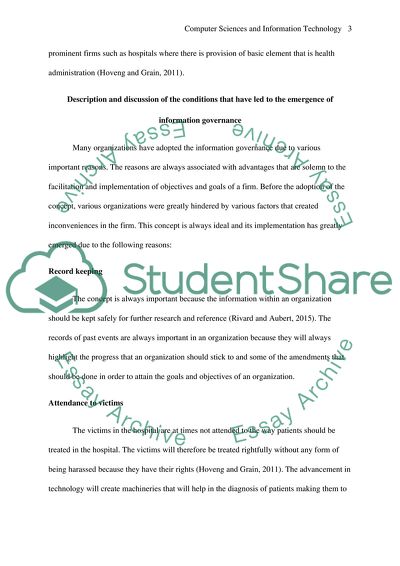Cite this document
(Information Governance and Social media Coursework Example | Topics and Well Written Essays - 3250 words, n.d.)
Information Governance and Social media Coursework Example | Topics and Well Written Essays - 3250 words. https://studentshare.org/media/1875928-information-governance-and-social-media-a-briefing-paper
Information Governance and Social media Coursework Example | Topics and Well Written Essays - 3250 words. https://studentshare.org/media/1875928-information-governance-and-social-media-a-briefing-paper
(Information Governance and Social Media Coursework Example | Topics and Well Written Essays - 3250 Words)
Information Governance and Social Media Coursework Example | Topics and Well Written Essays - 3250 Words. https://studentshare.org/media/1875928-information-governance-and-social-media-a-briefing-paper.
Information Governance and Social Media Coursework Example | Topics and Well Written Essays - 3250 Words. https://studentshare.org/media/1875928-information-governance-and-social-media-a-briefing-paper.
“Information Governance and Social Media Coursework Example | Topics and Well Written Essays - 3250 Words”. https://studentshare.org/media/1875928-information-governance-and-social-media-a-briefing-paper.


